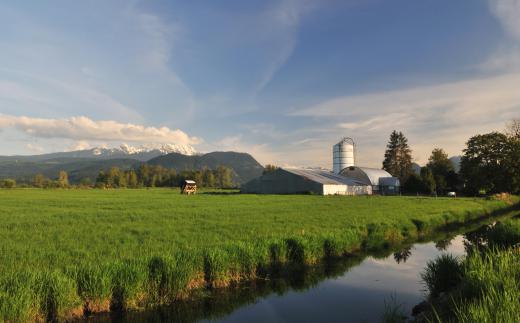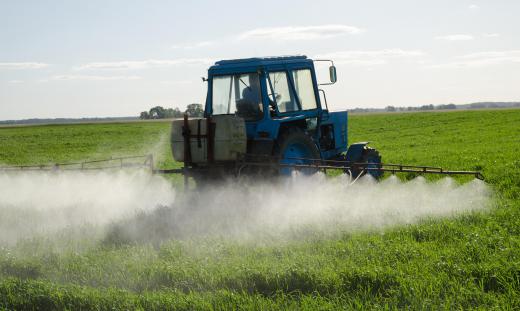An irrigation canal is a waterway, often man-made or enhanced, built for the purpose of carrying water from a source such as a lake, river, or stream, to soil used for farming or landscaping. An essential element of farming found in archaeological digs dating as far back as 4,000 BC, irrigation canals have often meant the difference between sustenance and starvation. An irrigation canal, at its most elemental, is a trench filled with water. It can be dug into the ground and then filled with water, or an existing stream can be widened in a process called "canalization," and diverted as appropriate to provide maximum efficiency. Another way to create a canal is to build up the walls first, using the dry ground as the bed, and connect it to a water source only when completely built.
One of the difficulties with irrigation canals is providing a reliable flow of water. When the canal is directly connected to a water source like a lake or a river, the water supply is fairly reliable, but care must be exercised to avoid using so much water that other areas suffer. When an irrigation canal traverses a great distance or must navigate changes in elevation, other strategies must be employed. It's common, for example, to build a reservoir to store water for irrigation and to fill irrigation canals with systems of dams and locks. Another method is to dig canals alongside water supply sources and build dams or locks separating the two, opening them when water is needed in the irrigation canal and closing them afterward.

Irrigation canals don't always deliver the water directly to the soil being irrigated; in many cases, the water must be delivered from the canal to the crops in other ways. One common way of doing this is to divert water from the canal into irrigation ditches, or "laterals," dug in close proximity to crop rows. When crops are planted on hillsides, sometimes complex systems are built to deliver water uphill from an irrigation canal.

The efficient and economical use of water in irrigation is a major concern. While 40 percent of all food produced worldwide comes from irrigated land, the irrigation itself consumes 80 percent of the freshwater supply, representing a very inefficient use of the water. In some cases, an excessive amount of water is simply absorbed into the ground; in others, it runs off the land to be irrigated. Modern irrigation canals are built and managed according to ever more sophisticated models of water management and conservation. Care must also be taken to protect irrigation water and runoff from pesticide and fertilizer contamination.
